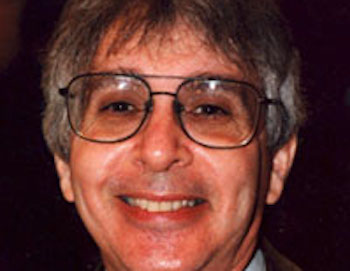On November 15, 2015, Special Master Bernard Grofman, appointed by a 3 judge panel of the 4th Circuit Court of Appeals, issued a report in the 3rd Congressional District redistricting matter. The 3rd District had previously been declared unconstitutional as a result of allegations too many African American voters had been placed in that district thereby diluting their voting strength elsewhere.
Grofman rejected all of the eight other plans presented to him and instead recommended his own plan whereby the 3rd and 4th Districts would end up with Black Voting Age Populations in excess of 40%. The Special Master noted what while race can’t be a predominant criterion in redistricting, he had a particular concern with creating a second “minority opportunity to elect” district. (Report p. 29). He indicated he would have created a third “minority opportunity to elect” district but was unable to do so given certain demographic and geographic limitations. (Report p. 38, footnote 22).
Grofman’s plans assure that 4th Congressional District Republican Randy Forbes would face an uphill battle to get reelected. Grofman essentially left the other Congressional districts in Virginia untouched with the exception of changes to districts other than the 4th which also border the 3rd District. The changes to the 1st, represented by Republican Robert J. Wittman; the 2nd, represented by Republican Scott Rigell; and the 7th, represented by Republican Dave Brat are not as significant as the changes made to the 4th.
However, Grofman’s report may not be implemented if the Supreme Court overturns the decision of the 4th Circuit regarding the Constitutionality of the 3rd District. On November 13, 2015, the Supreme Court agreed to hear arguments on this matter and on November 16, 2015, Republican intervenors in the case asked the 4th Circuit to suspend all proceedings pending the Supreme Court’s decision.
We’ll post maps when they’re available. In the meantime, Grofman’s report and the Republican intervenors’ motion are embedded below.

